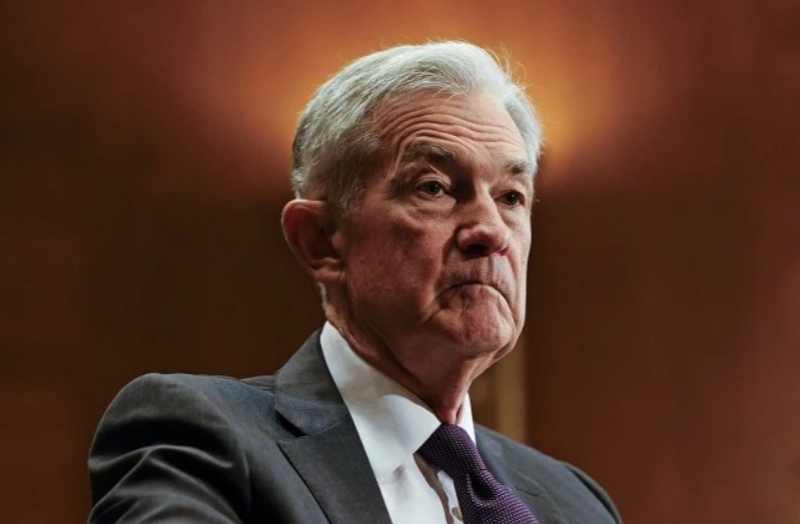The Federal Reserve Bank (Fed) injected $29.4 billion into the U.S. banking system through overnight repurchase agreements on October 31, 2025 — the largest liquidity boost since the Dot-Com Bubble. The sudden spike in repo activity indicates mounting stress in short-term funding markets, raising questions about underlying fragility within U.S. banks despite a seemingly stable economy.
Fed Injects $29.4 Billion into U.S. Banking System via Overnight Repos
Washington D.C., November 3, 2025 — In a surprising late-October move, the Federal Reserve Bank of New York executed a massive $29.4 billion injection into the U.S. banking system through overnight repurchase agreements (repos) — signaling heightened stress in short-term funding markets.
According to data released by the Federal Reserve Economic Data (FRED), the transaction, dated October 31, 2025, represents one of the largest short-term liquidity operations conducted by the Fed in recent years. The sudden surge in repo activity far exceeds normal levels observed since 2021 and even surpasses the peaks seen during the 2000 Dot-Com Bubble, highlighting renewed volatility in the financial system.

The chart, published by the Federal Reserve Bank of New York, shows a sharp and unprecedented spike in Treasury securities purchased by the Fed in temporary open market operations, a move designed to stabilize liquidity conditions and ensure smooth overnight lending among major banks.
What Are Overnight Repos?
Overnight repurchase agreements are short-term loans where banks exchange Treasury securities for cash, with an agreement to repurchase them the next day. This mechanism is often used by the Federal Reserve to inject liquidity into the financial system when short-term funding markets show signs of stress.
The $29.4 billion infusion suggests that several major financial institutions may have required immediate liquidity support to meet end-of-month obligations or to cover sudden funding gaps — potentially reflecting tightening conditions in the broader money markets.
Historical Context
The current spike mirrors conditions not seen since periods of intense financial strain. Analysts have compared the scale of the injection to those during:
- The 2019 repo market turmoil, when overnight rates briefly spiked to 10%.
- The 2000 Dot-Com Bubble, when liquidity crises hit tech-heavy portfolios.
- The early COVID-19 pandemic (2020), when the Fed intervened to maintain interbank lending stability.
This time, however, the scale of the operation suggests mounting liquidity concerns within U.S. banks, even as the broader economy appears stable on the surface.
Market Reactions and Implications
While the Fed’s move was intended to stabilize markets, it has raised eyebrows among economists and investors alike. Some interpret the action as a precautionary liquidity measure, while others warn it could signal deep-seated stress within the banking system that is not yet visible to the public.
Social media reactions have been sharp, with some analysts commenting:
“Probably fine, carry on…” — a sarcastic remark now circulating widely among financial circles, highlighting skepticism about the health of the U.S. banking system.
What Comes Next
The Federal Reserve has not released an official statement explaining the sudden rise in repo operations. The next update is scheduled for November 3, 2025, which may offer further insights into whether the liquidity injection was an isolated measure or the start of a broader intervention campaign.
As global investors closely watch the Fed’s next steps, one thing is clear — a $29.4 billion overnight repo signals that the central bank is once again stepping in to backstop the financial system, just as it did during past market tremors.
Source: Federal Reserve Bank of New York via FRED
Units: Billions of U.S. Dollars
Observation Date: October 31, 2025
Frequency: Daily
Next Release: November 3, 2025
Disclaimer: This article is for informational purposes only and should not be interpreted as financial advice.

